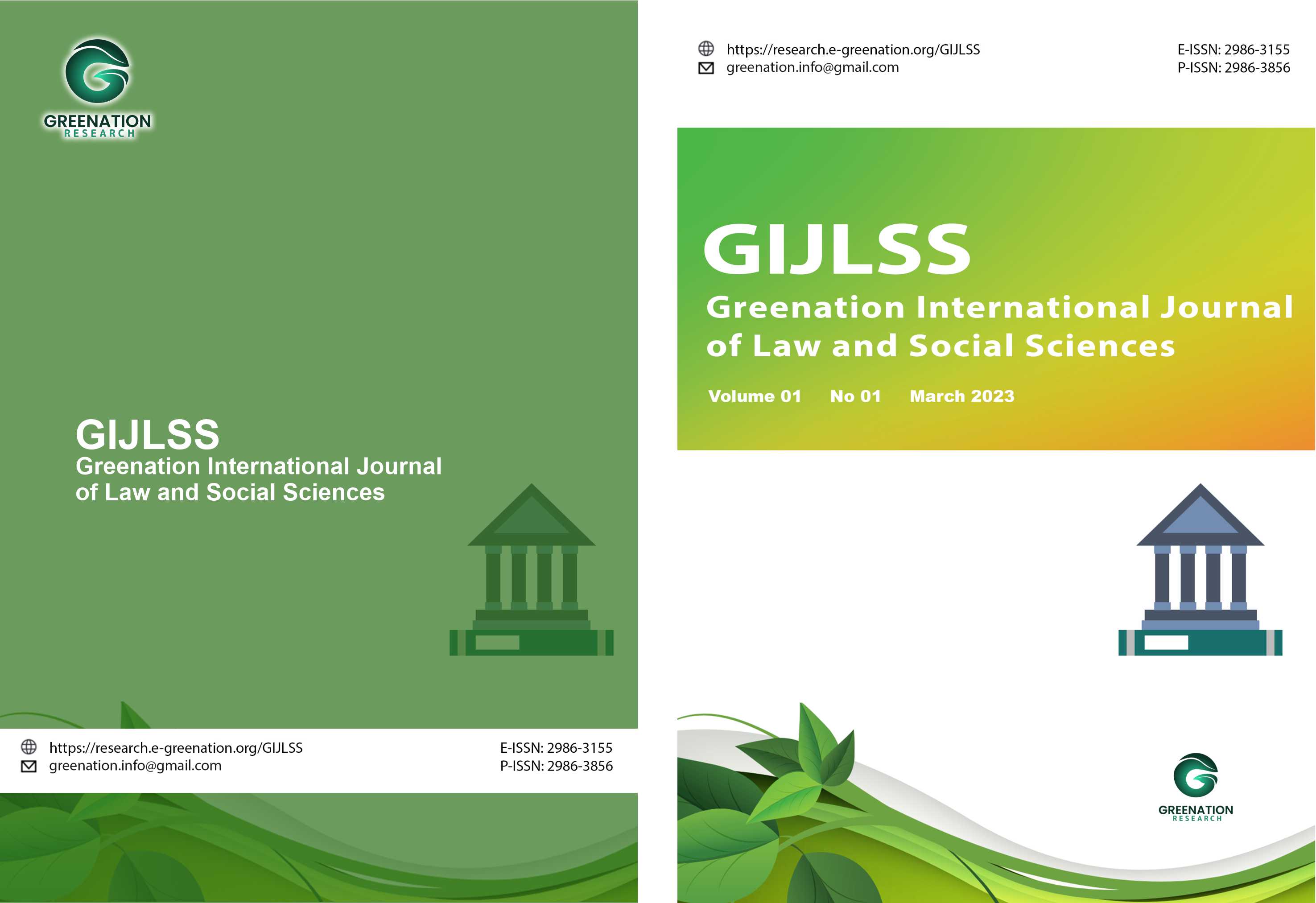Evaluation of The Effectiveness of Human Resource Performance Development Program in Improving Company Competitiveness
DOI:
https://doi.org/10.38035/gijlss.v3i2.410Keywords:
HR Development, Employee Performance, Company Competitiveness, Program Evaluation, Organizational StrategyAbstract
This research analyzes the effectiveness of human resource development programs in enhancing company competitiveness. Through qualitative and quantitative approaches, the study was conducted on 150 employees from 5 different companies. The results indicate that structured HR development programs aligned with company strategic objectives correlate positively with increased organizational competitiveness. Factors such as top management support, clarity of program objectives, and continuous evaluation are determinants of program success. This study provides practical recommendations for companies in designing and implementing effective HR development programs to improve their competitive position in the market.
References
Armstrong, M. (2021). Armstrong's Handbook of Human Resource Management Practice (16th ed.). Kogan Page.
Barney, J. B. (2018). Strategic Management and Competitive Advantage. Pearson.
Becker, G. S. (1993). Human Capital: A Theoretical and Empirical Analysis with Special Reference to Education (3rd ed.). University of Chicago Press.
Beer, M., Spector, B., & Lawrence, P. R. (2021). Managing Human Assets: The Groundbreaking Harvard Business School Program. Free Press.
Dessler, G. (2020). Human Resource Management (16th ed.). Pearson.
Garavan, T. N. (2022). Strategic HRD: Creating the Learning Organization. Sage Publications.
Hutchins, H. M. (2021). Transfer of Learning: Contemporary Research Applications. Routledge.
Kirkpatrick, J. D., & Kirkpatrick, W. K. (2016). Kirkpatrick's Four Levels of Training Evaluation. ATD Press.
Lee, C., Lee, H., & Kim, J. (2023). HR development investments and firm performance: Examining the mediating role of innovative capabilities. Journal of Management Development, 42(3), 201-217.
Marsick, V. J., & Watkins, K. E. (2020). Informal and Incidental Learning in the Workplace. Routledge.
Mathis, R. L., & Jackson, J. H. (2023). Human Resource Management (16th ed.). Cengage Learning.
Noe, R. A., Hollenbeck, J. R., Gerhart, B., & Wright, P. M. (2022). Human Resource Management: Gaining a Competitive Advantage (12th ed.). McGraw-Hill Education.
Phillips, J. J. (2018). The Value of Learning: How Organizations Capture Value and ROI. Berrett-Koehler Publishers.
Porter, M. E. (2020). Competitive Strategy: Techniques for Analyzing Industries and Competitors. Free Press.
Sung, S. Y., & Choi, J. N. (2021). Do organizations spend wisely on employees? Effects of training and development investments on learning and innovation in organizations. Journal of Organizational Behavior, 39(4), 705-721.
Tannenbaum, S. I. (2019). A strategic view of organizational training and learning. The Cambridge Handbook of Workplace Training and Employee Development, 17-38.
Ulrich, D. (2019). HR from the Outside In: Six Competencies for the Future of Human Resources. McGraw-Hill Education.
Wang, G. G., & Ellinger, A. D. (2019). Examining approaches to HR evaluation: The strengths and weaknesses of different methods. Human Resource Development Quarterly, 30(3), 319-338.
Downloads
Published
How to Cite
Issue
Section
License
Copyright (c) 2025 Hermino Chaves Almeida, Pudjy Astuty

This work is licensed under a Creative Commons Attribution 4.0 International License.
Copyright :
Authors who publish their manuscripts in this journal agree to the following conditions:
- Copyright in each article belongs to the author.
- The author acknowledges that the Greenation International Journal of Law and Social Sciences (GIJLSS) has the right to be the first to publish under a Creative Commons Attribution 4.0 International license (Attribution 4.0 International CC BY 4.0).
- Authors can submit articles separately, arrange the non-exclusive distribution of manuscripts that have been published in this journal to other versions (for example, sent to the author's institutional repository, publication in a book, etc.), by acknowledging that the manuscript has been published for the first time at GIJLSS.
























